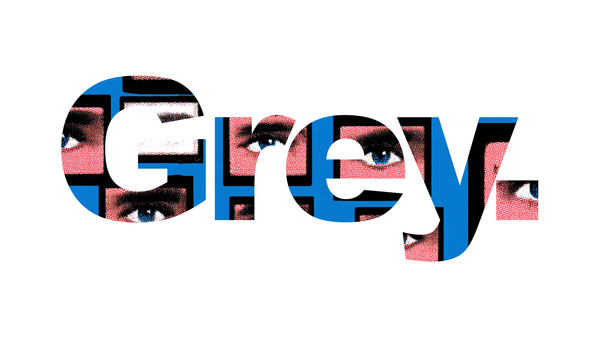The Outrage Machine: How Social Media Weaponized Anger and Shattered Trust 📲
Outrage has become the internet's most valuable currency. This investigation reveals how social media algorithms, cognitive bias, and media complicity fuel rage-and how it's breaking democracy.
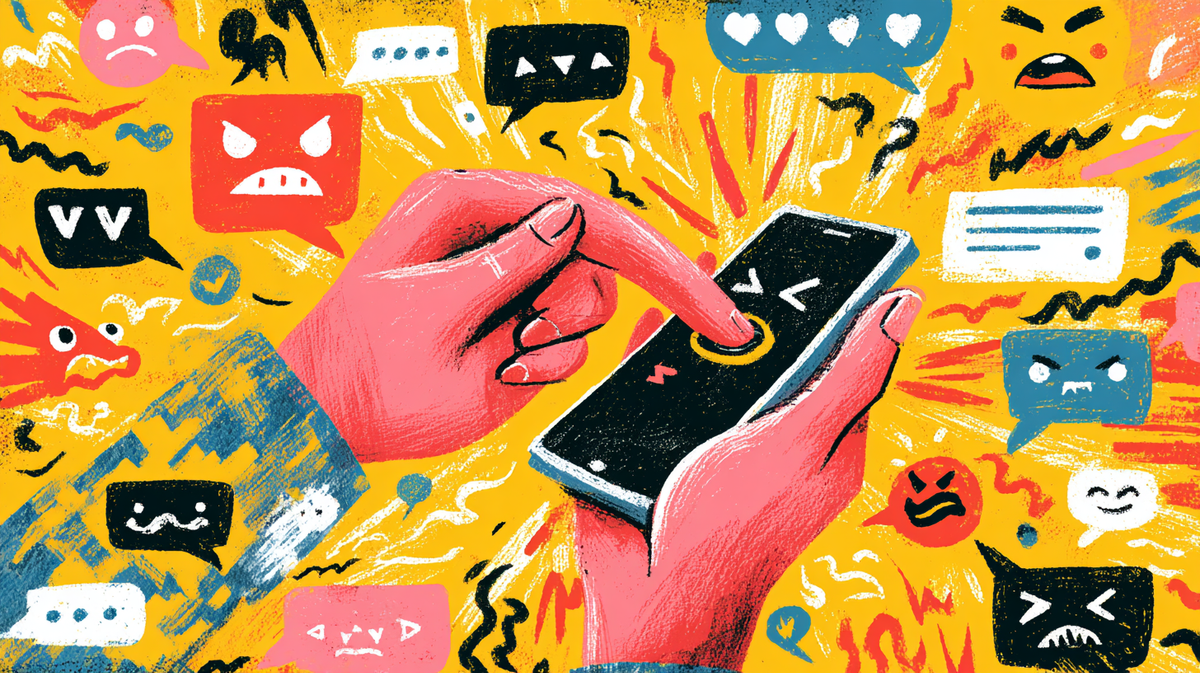
In the digital trenches of modern media, outrage has become hot property. Nowhere is this more vividly seen than in the recent Jubilee "Surrounded" debate featuring journalist Mehdi Hasan. On July 20, Hasan faced off against 20 self-identified "far‑right conservatives" in a spectacle more akin to a viral experiment than an earnest dialogue. One participant even proclaimed, "Yes, I am" a fascist, while being applauded by others.
What was billed as a quest for understanding instantly transformed into a magnet for rage bait. Clips exploded online. Not to foster genuine debate, but to stoke outrage, rack up views, and keep eyeballs glued. The fallout was swift. The self-proclaimed fascist was fired and then raised over $20,000 online, framing his dismissal as "censorship" despite his openly extremist rhetoric. Meanwhile, critics accused Jubilee of orchestrating a "memeification of politics," turning serious political discourse into viral spectacle for clicks and controversy.
But how did we get here? How did the platforming of fascist ideology become the pinnacle of content in 2025? Something not just tolerated, but engineered, promoted, and monetized? Rage is no longer a byproduct of online culture, it is the product. We are living through the full-scale industrialization of outrage.
In this piece, I'm going to try and trace the through line from headline-grabbing media like Jubilee's debate to a wider ecosystem of creators, including figures like Bonnie Blue-a controversial TikTok provocateur who in her own way, has climbed to the top of the polarizing tree in pursuit of profits. I’m going to examine how social platforms reward rage, how algorithms optimize for anger, and how public discourse is being hollowed out in the name of engagement.
Listen to podcast here:

This episode isn't merely a sensational headline. It's a high-definition snapshot of a deeper crisis: rage bait, a calculated strategy that transforms outrage into currency, fueling polarization, fracturing discourse, and corroding the very foundations of democratic dialogue.
How Outrage Became A Business Model 💰

In 2025, rage isn't just a reaction, it's a revenue engine. What started as innocent clickbait in the early days of the internet has evolved into something far more calculated: rage bait or the deliberate crafting of content to provoke hate, fear, and fury for clicks, comments, shares, and, ultimately, cold hard cash.
As Wikipedia puts it, rage-baiting is "the manipulative tactic of eliciting outrage with the goal of increasing internet traffic, online engagement, revenue and support."
This approach leans on psychological truths we all feel: the pull of negative headlines, the rush of seeing others ignited, the addictive jolt of dopamine when furious comments flood in. As one researcher described rage farming, it's the act of "planting seeds" of anger designed to harvest even more outrage in replies and retweets.

Internal Facebook documents revealed that their algorithms explicitly rewarded "controversial" content, regardless of the social consequences. And the results? Engagement drove growth, and growth drove outrage to ever more extreme heights.
Spectacles Pay Dividends 🎥
This digital goldmine thrives on spectacle. Jubilee's "Surrounded" debate didn't just echo a viral moment, it was engineered to be one, with extremist viewpoints brought centre-stage to provoke, entice, and engage. But it didn't stop with politics.
Take Bonnie Blue-a British OnlyFans creator turned internet provocateur. In early 2025, she brought her content: one-on-one stunts, claims of world-record sexual encounters, and headline-grabbing gimmicks-to TikTok and podcast circuits. Her earnings: an estimated £3.5 million in 2024, with forecasts of nearly £9.5 million in 2025, according to The Sun.
Like it or not, outrage is profitable, and prominent creators know exactly how to mine it.

A Cycle That Rewards Provocation📈
Content creators have discovered what the platforms already know: outrage sells. Whether it's fringe politics, shock sex stunts, or myth-making headlines, provoking rage is easier - and way more profitable - than offering insight. Algorithms detect emotion, rank the results, and serve it to anyone, whether or not they asked for it.
The result is a spiral: more outrage leads to more visibility, leading to more creators chasing the same, leading to a ratchet effect with escalating extremes and cheaper discourse. In 2025, the question is no longer if outrage will surface, it's how high will the people climb to get it?
The Psychology Of Viral Outrage 🧠
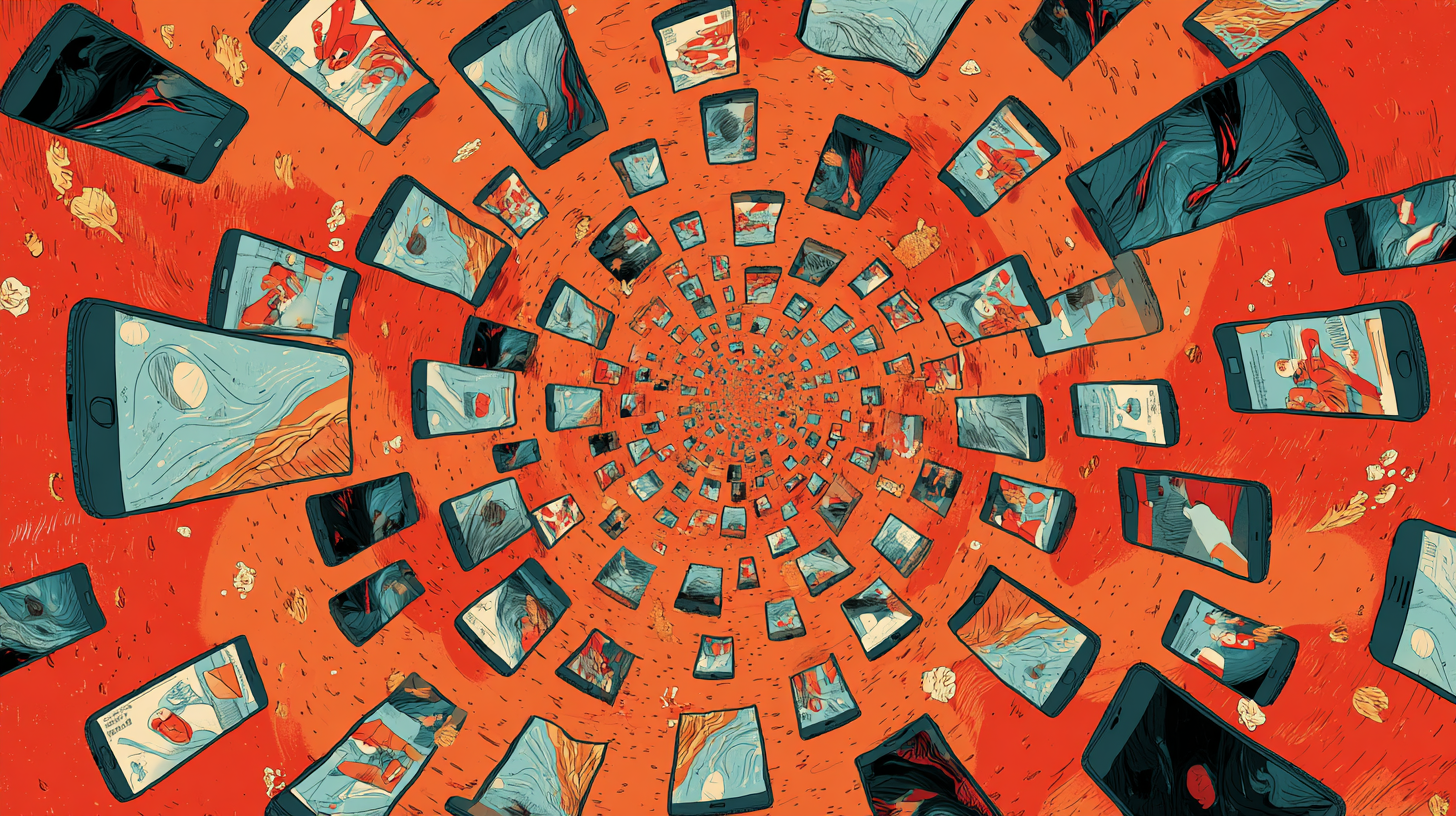
Outrage isn't just catchy, it's contagious. Online anger spreads faster, wider, and with more force than joy. One large-scale analysis of Weibo posts found that anger travels more efficiently through weak ties - casual connections between strangers - making it uniquely capable of disrupting social networks and seeding viral emotional wildfire.
This is emotional contagion at work: the unconscious spread of emotion across groups, amplified in digital spaces where rage is algorithmically rewarded. Neuroscientists have shown that our brains don't distinguish between online and offline anger; we mirror the emotion either way. That tweet storm you're scrolling? Your neurons are feeling it.
Add to that our brain's built-in negativity bias, which makes us more sensitive to negative stimuli than positive ones. In other words, we pay more attention to threats, insults, and bad news. Why? Because evolution taught us it might save our lives. In online terms, it means doomscrolling is a feature, not a bug.
A Harvard Business School study found that negative tweets from news outlets generate significantly more engagement than positive ones, regardless of political leaning.

And once we're angry, we're not thinking clearly, we’re looking for affirmation. Our brains twist facts to fit our feelings, in what psychologists call motivated reasoning. We interpret new information not to learn, but to reinforce what we already believe, especially when we feel attacked. That's why rage is such a potent political tool: it short-circuits our ability to think critically.
But what makes it addictive? Dopamine. Expressing outrage - and getting validation for it - activates the brain's reward system. As outlined in the concept of the "outrage industrial complex" - a cabal of media outlets, social media influencers, political fundraising messaging, and individuals in media, political leadership using rage to further their causes - this creates a neurochemical feedback loop that reinforces angry behavior, making users more likely to keep expressing it, and to seek it out.
Chronic Rage: When Outrage Becomes Default 🔁
When rage is harvested daily, it doesn't fade, it calcifies. Prolonged exposure to rage bait creates what psychologists describe as chronic anger: a state where emotional reactivity becomes the norm, not the exception. A 2024 Le Monde investigation framed this shift as "anger becoming the engine of civilization”, a warning that modern society may be addicted to its own outrage.
Anger doesn't just warp discourse, it burns through empathy. Chronic political anger behaves like a virus: it spreads from person to person, eroding our ability to compromise and polarizing our perceptions of the world. Over time, what once shocked becomes normal. What once hurt becomes routine. But how did we get here?
Algorithms Of Amplification 🤖

If rage is a fire, social media algorithms are the gasoline. Platforms like Facebook and X (formerly Twitter) are optimized not for truth or meaning, but for engagement. And time and again, studies show that anger and controversy are the best combustibles.
In a groundbreaking audit, researchers found Twitter's engagement-based ranking dramatically boosts hostile, emotionally charged content. Content that users actually say makes them feel worse about political discourse, even as they keep consuming it. An algorithm privileging what users click, not what they say they want, extracts a perverse profit from polarization.
Internal documents from Facebook leak a troubling truth: the mechanics of our platforms are not neutral, and anger and hate is the easiest way to grow on Facebook. Their engineers themselves warned that controversial posts, regardless of quality, would always receive preferential treatment in the News Feed, echoing across multiple leaks and whistleblower reports.

This isn't an accident, it's design:
- EdgeRanking & machine-learning feeds favour posts drawing comments, shares, reactions, especially angry ones, granting an outsized boost to toxic content.
- When Facebook experimented with "Meaningful Social Interactions," its internal tests revealed that inflammatory and outrage-provoking posts were more likely to drive shares and comments than benign conversations.
- Engineers even candidly noted the real-world fallout: explosive content sparked real-world violence, but efforts to dampen it were blocked by executives worried about reducing user engagement or upsetting powerful users.
The Feedback Loop: Provocation as Currency 🔁
Here's how the machine works:
Creators post inflammatory content → algorithms boost it for engagement → users consume, react, and re-share → creators earn attention, ad revenue, fame → and the cycle resets on turbo.
This is the heart of the outrage-industrial complex, where everyone from media outlets to political figures to online influencers are incentivized-morally or financially-to stoke anger. A Decision Lab review found that posts insulting an out-group perform far better than those that uplift an in-group. And a comprehensive PNAS study confirmed this: out-group animosity drives engagement more effectively than any other emotional pull.

The Illusion of Control ⚖️
Users can say they'd rather not see hateful or enraging content-but what they click on tells algorithms otherwise. That tension between stated preference and revealed preference ensures that even the most well-meaning users are sucked into feeds they claim to despise.
Even worse: moderation is too slow, too limited to counteract the explosive initial spread. Facebook's own internal estimates show that most engagement occurs in the first hours-long before content is taken down.
When Rage Rot Propagates Beyond Screens 🕊️
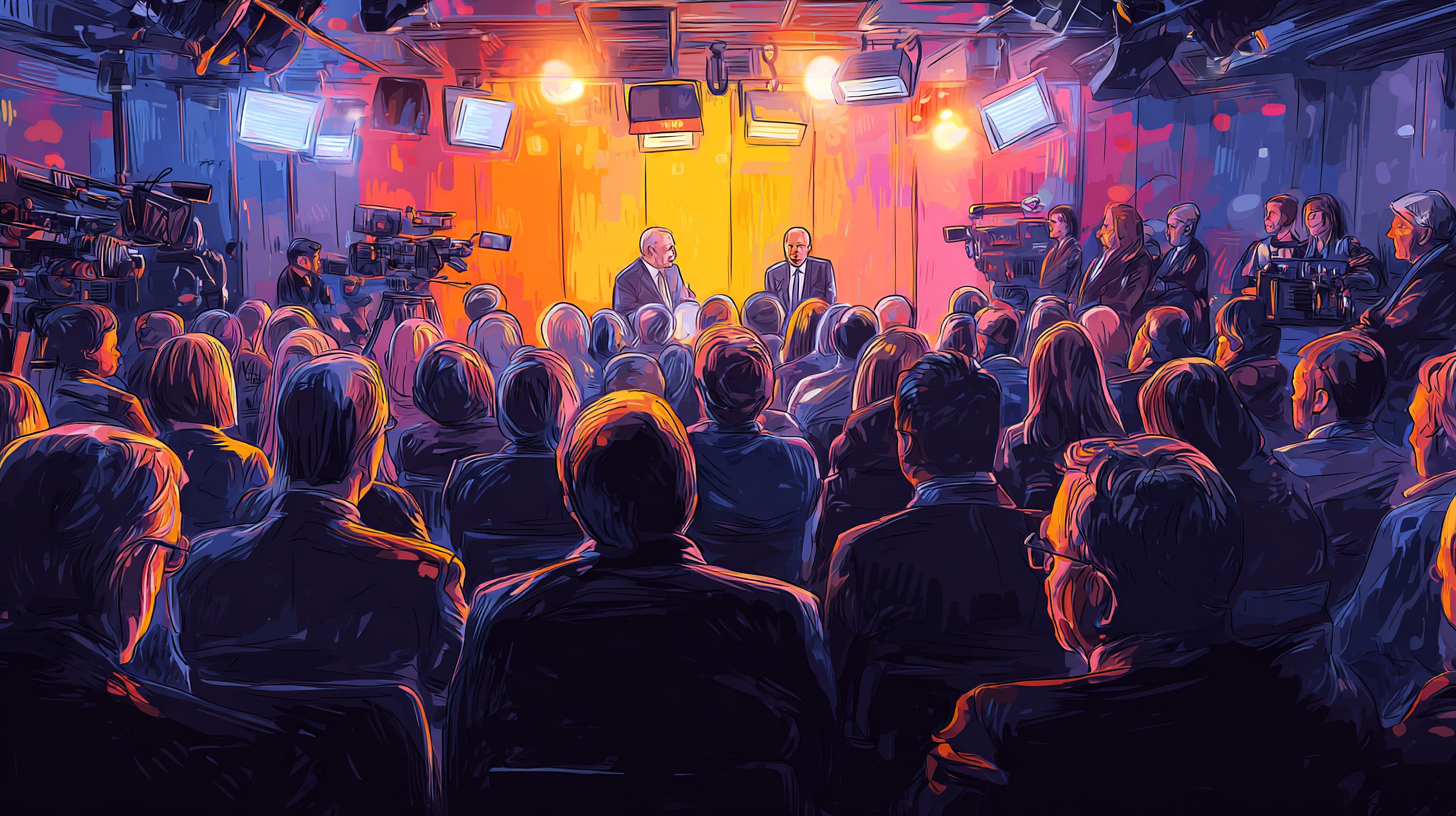
What began as an online flame has now scorched the civic fabric. Rage bait isn't just an internet problem. It's a societal pathogen, eroding the institutions, empathy, and deliberative space we rely on to function as a democracy. Here’s why:
1. Trust Crumbles, Democracy Splinters
The wildfire spread of rage-driven disinformation has fundamentally weakened public trust. According to the World Economic Forum, disinformation is now one of the top threats to the global "trust ecosystem," especially when amplified by viral outrage. Meanwhile, the Reuters Institute reports that trust in news media has declined globally, with just 40% of respondents saying they trust most news most of the time.
Why? Because platforms that reward emotional engagement over accuracy blur the lines between journalism and opinion. As the UK's Khan Review warned, unchecked online rage and disinformation undermine democratic resilience, foster extremism, and hollow out faith in public institutions.

2. Polarization Becomes the New Normal
Political discourse has become a tribal blood sport. Polarization is no longer a side effect, it's the point. A 2023 study by the ICIP warned that extreme partisanship fractures democratic society by turning ideological opponents into existential threats.
The mechanics of this are brutally simple. As Peace in Progress notes, the more anger is stoked, the more individuals entrench themselves in ideological bunkers. Moderate voices are marginalized, and political disagreement turns into moral panic. Civility is dismissed as weakness; compromise, as betrayal.
3. Rage Escalates Into Real-World Harm
There is a direct pipeline from digital fury to physical violence. The RAND Corporation and others have documented the rising correlation between online hate speech and offline extremist violence. Similarly, a 2023 report by RAN confirms how conspiracy-laden rage bait online is used by extremist groups to radicalize and recruit-particularly among disaffected youth.
The UK Government's new definition of extremism now includes content that, while legal, is demonstrably harmful-content often amplified through rage-inducing virality. The message is clear: outrage doesn't just echo. It mobilizes.

4. Empathy Erodes, Humanity Diminishes
Digital rage dehumanizes. Incessant exposure to hostile content rewires how we view others. The Ethical Journalism Network warns that repeated platforming of hateful rhetoric - even under the guise of "balance" - normalizes prejudice and flattens empathy.
Anger spreads like a virus-one that lowers our empathy thresholds, diminishes our tolerance for ambiguity, and creates an "us vs. them" mindset that turns fellow citizens into abstract enemies.
🧭 The Anatomy of a Public Crisis
The cumulative effect? A public sphere that no longer functions. Where once we had forums for reasoned disagreement, we now have battlegrounds for emotionally charged warfare. The civic space is crowded not with diverse ideas-but with amplified outrage.
How Media Enables the Rage Machine 🛠️
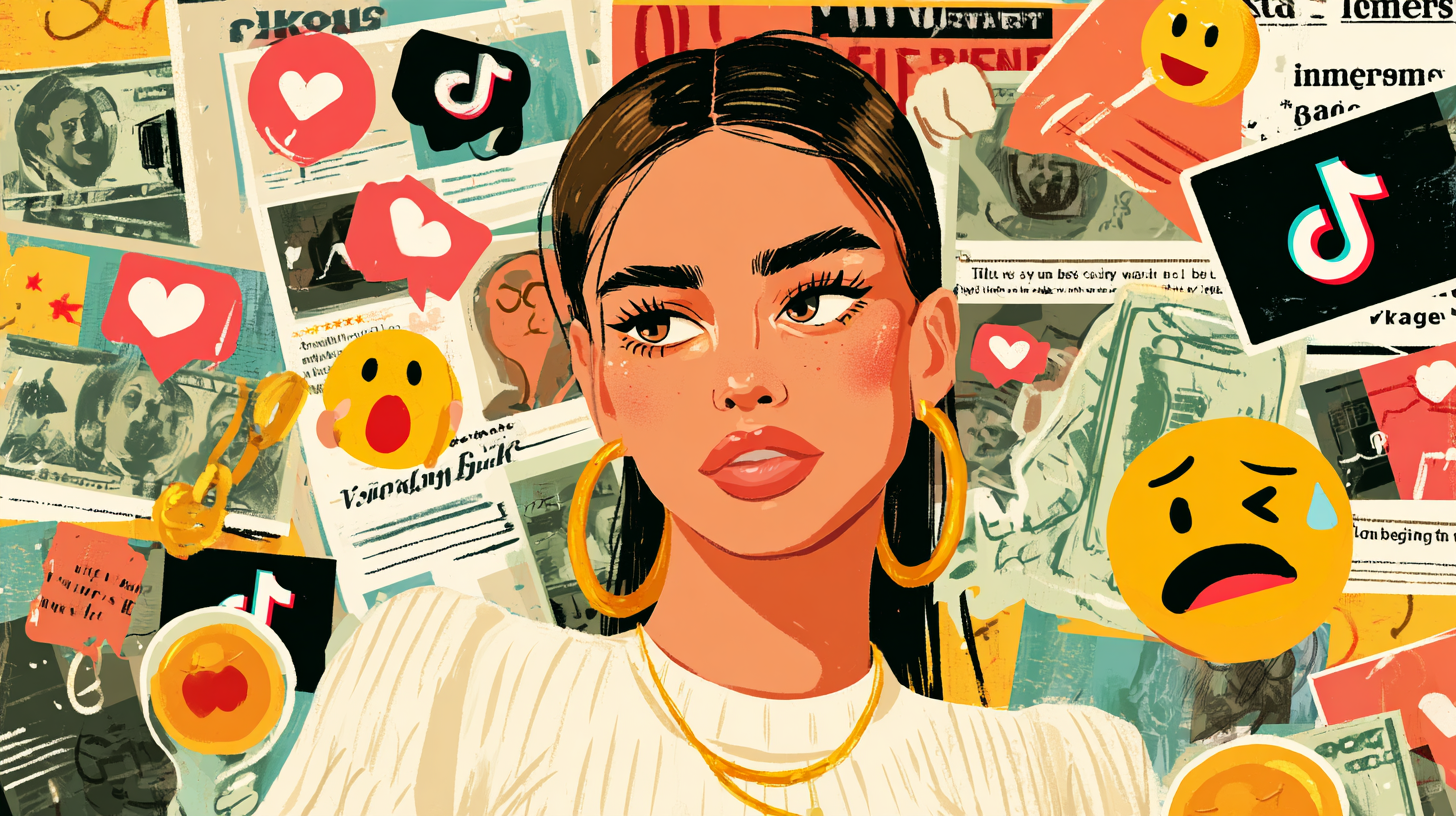
Outrage thrives in fertile soil, and platform algorithms and newsrooms have been busy tilling the ground. Whether seeking clicks or "balance," both social media and traditional outlets have played starring roles in mainstreaming extremist views-all while claiming to serve the public interest. Let’s take a closer look at this point. As a former journalist that worked in newsrooms, I know first-hand that the goal is to find the most emotive angle to tell a story. And this was before algorithms took over.
🖥️ 1. Social Media as the New Extremist Megaphone
Platforms like YouTube, Facebook, and Twitter aren't just optional distribution channels-they're turbocharged amplifiers for fringe ideologies. A Brookings study found that while algorithms don't always push outright extremism, they frequently surface conspiracy theories, misinformation, and hate speech, all of which thrive on emotional engagement and controversy.

Other studies have found the same: extremist content online enables radicalization, with mainstream platforms providing the infrastructure for narratives to spread, gain traction, and reach wider audiences. Even if users don't start their journey on fringe sites like Parler or Gab, they often return there, only to emerge again - with new conviction and emboldened views - back on YouTube or Facebook, creating a dangerous feedback loop.
Platforms have tried to intervene, but censorship creates backlash and fuels conspiracy-minded narratives. The tug-of-war between user safety and free expression continues to hamper effective moderation.
📺 2. Traditional Media's Appetite for Outrage
Broadcast news, podcasts, and newspapers are far from innocent. Ratings matter, and outrage sells. In a world where legacy media is fighting for its place at the table of public opinion, they’ve learned how to use these forces to their advantage - even if they’re not fully aware of what it does to their readers.
Sensationalism over scrutiny: Many outlets justify inviting extremists with "fair debate" rhetoric. But research indicates that uncritical exposure to extreme actors can increase audience agreement with radical views and normalize extremist language. A University of Michigan study found that framing extremist voices as legitimate participants in "balanced" discussions significantly raises public support for their ideas.
- Ratings and ownership bias: As media consolidation increases, outlets that rely on sensationalist ratings may platform voices aligned with their commercial or ideological interests. According to the Ethical Journalism Network, sensational reporting of terrorism and extremism can unintentionally glorify or validate fringe actors-undermining critical journalism.
- Contagion by visibility: The concept of "if it bleeds, it leads" doesn't just apply to crime-it applies to content. The RUSI terrorism media analysis found that the media’s thirst for clickworthy stories elevates the perceived importance of extremist events, influencing potential sympathizers to follow suit.
In the race for audience attention, outrage becomes not just tolerated, but a strategic asset: a well-worn shortcut to spikes in engagement, brand loyalty, and revenue.

⚖️ 3. Where Ethics and Economics Collide
This confluence of platform engineering and media economics creates an ethical quagmire:
- Algorithmic incentives reward emotion, not truth.
- Media ratings systems reward controversy over clarity.
- Editorial complacency treats extremist voices as "legitimate viewpoints" in the name of balance.
The result? A hybrid ecosystem where racist, fascist, or extreme ideologies don't just find cover-they find growth platforms, profit channels, and civic legitimacy.
🧭 Why It Matters
Platforms have shifted from passive conduits to active amplifiers, and media companies have morphed from gatekeepers into sensation-chasers. This transformation results in three critical threats:
- Radical views bleed into mainstream policy, as appearing on major outlets conveys authority.
- Civic parsing gets replaced by ratings wars.
- Our collective immunity to extremism gradually dissipates.
Is there a way out of all this? I think so.
How Do We Fight Back? Together 🛠️

Reclaiming public discourse demands action across four fronts: media literacy, platform design, ethical journalism, and policy innovation.
1.Media Literacy & Emotional Resilience
Awareness is our first line of defense. There are a growing number of resources to help users navigate these hostile spaces differently. The Social Switch Project - a charity that creates resources to help young people navigate digital spaces. France’s digital policy shift - The country has been one of the first to implement ideas developed by the OECD. This has lead the French state to taking a more active role in shaping the digital commons than other countries, helping curb extremist content, and penalise networks that don't do enough to limit its spread.
2. Algorithmic Transparency & Prosocial Design
Platforms must develop a broader spectrum of metrics beyond just engagement. The emerging field of prosocial tech design governance proposes redesigning algorithms to promote empathy, fact-based discourse, and mutual understanding-prioritizing truth, not outrage.
Earlier pilot programs-like Twitter's Community Notes and Taiwan's Cofacts show early promise. These tools crowdsource fact-checking and contextual annotations, nearly halving misleading posts' virality.
Big platforms like Pinterest are already experimenting: CEO Bill Ready has steered its algorithm toward positivity, and AI-driven ranking now rewards content empathically resonant, not rage-inducing.

3. Ethical Journalism & Balanced Media Practices
Newsrooms must resist the siren call of outrage. They need editorial guidelines that distinguish between scrutiny and spectacle, prioritize context, and avoid amplifying extremist views for ratings.
Independent fact-checkers, transparency in content promotion, and journalism built for trust-not clicks-are essential. Press associations and universities should embed ethics more deeply into journalism curricula, reinforcing the value of truth over titillation.
4. Policy & Regulatory Action
Governments need tech policy that doesn't just remove harmful content, but proactively discourages its creation. Regulators should incentivize platforms to embrace prosocial design and penalize those that weaponize hate.
Public-interest technology labs like Harvard's Applied Social Media Lab and open-data initiatives such as FBArchive signal hope). Mandatory auditing of algorithmic harms, plus open API architectures for external moderation tools, can balance innovation with societal safety.

What if platforms could serve as digital town squares, not battlegrounds? Collaborative civic tools like Pol.is empower citizens to create policies and solutions via consensus-based dialogue. Audits of AI-driven platforms show it's feasible to recenter social media on mutual understanding-offering a future where disagreement doesn't descend into digital warfare.
The rage economy didn't arrive by chance-and it won't fix itself. By working across systems: psychology, design, media, and law we can build online spaces that heal, connect, and elevate. The alternative is grim: a downstream of distrust, conflict, and violence with no off-ramp.
The Machine Won't Stop Itself 🧨
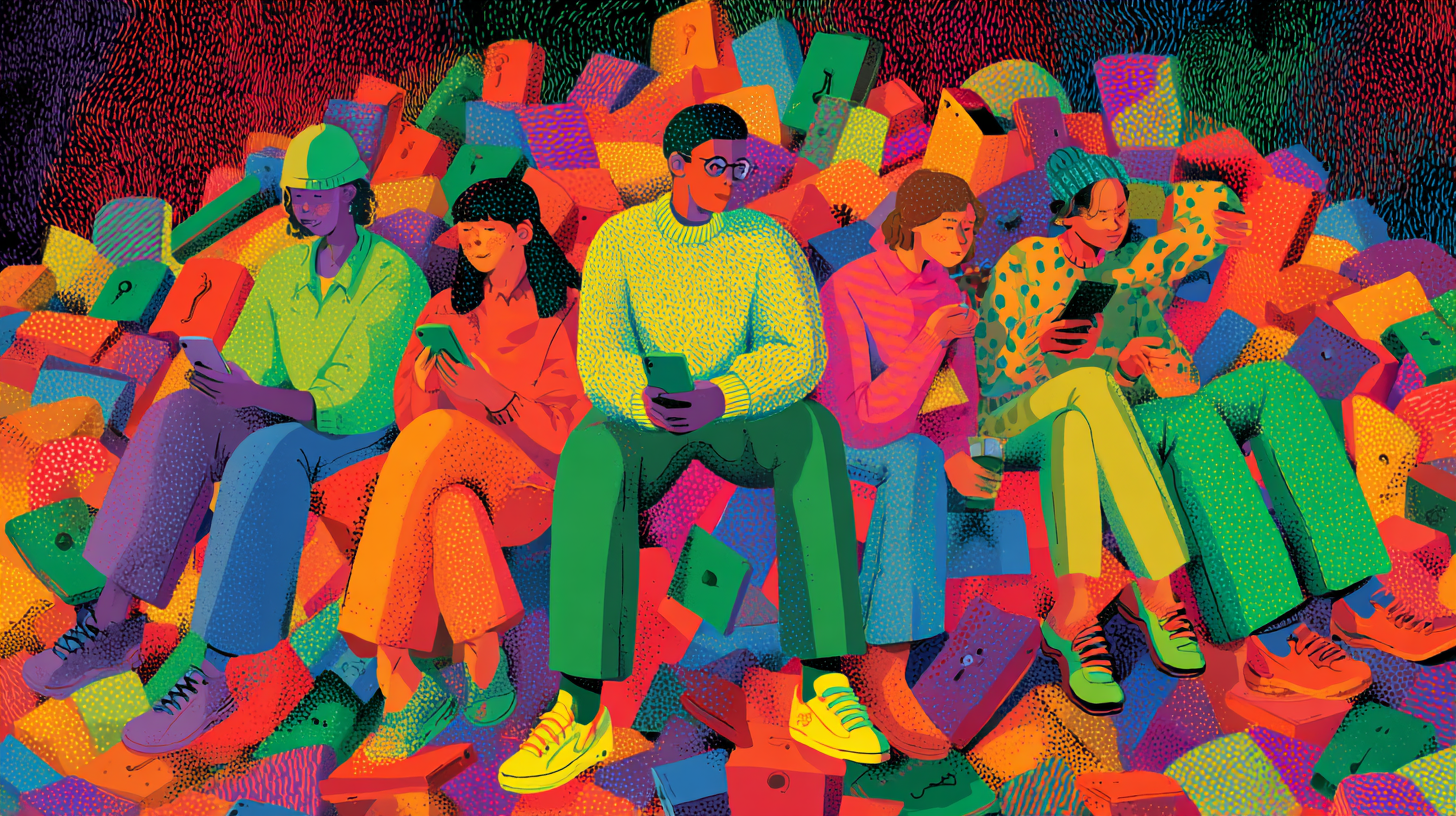
The rage economy is not an accident of history. It is architecture. Intentionally built. Systematically scaled. Algorithmically optimized. It doesn't want you to think, it wants you to react. And then react again. Until you are no longer a citizen in a democracy but a cog in an emotional casino. Endlessly clicking, sharing, boiling, burning.
Platforms won't fix it. They're engineered not for truth, but for time-on-site. Politicians won't fix it. They see riding the wave as more advantageous than trying to stop it. And the media? It stopped gatekeeping and started gambling-betting your attention on the loudest voice in the room.
So what now?

We reclaim the commons. We rewire our attention. We remember that disagreement isn't war, and dissent isn't betrayal. We learn to pause in the space between fury and fact. We give oxygen not to the loudest, but to the wisest.
This isn't just a story about algorithms or trolls or debates-gone-viral. It's a story about who we're becoming when we forget to ask better questions. When we outsource our emotional literacy to machines that know nothing of nuance. When we sell our shared future for a few moments of moral superiority on a screen.
Outrage has become the language of the internet. But it does not have to be the language of the people.
Because the truth, the hard, beautiful, terrifying truth is this: we are still the algorithm. We choose what we amplify. We decide what matters. We are the signal, or we are the noise.
So let's build platforms that honor complexity. Let's fund journalism that restores trust. Let's scroll with skepticism, speak with generosity, and stop feeding a machine that was never built to love us back.
History will not remember who shouted loudest. It will remember who refused to scream.
Things we learned this week 🤓
- 🧑🎓 Want to increase the number of women in politics? Build more schools just for girls.
- 🌍 Why you’re not freaking out about climate change.
- 😞 It’s official: persistent grief actually kills you.
- 🙉 Like Trump? Psychologists have some news for you.
Just a list of proper mental health services I always recommend 💡
Here is a list of excellent mental health services that are vetted and regulated that I share with the therapists I teach:
- 👨👨👦👦 Peer Support Groups - good relationships are one of the quickest ways to improve wellbeing. Rethink Mental Illness has a database of peer support groups across the UK.
- 📝 Samaritans Directory - the Samaritans, so often overlooked for the work they do, has a directory of organisations that specialise in different forms of distress. From abuse to sexual identity, this is a great place to start if you’re looking for specific forms of help.
- 💓 Hubofhope - A brilliant resource. Simply put in your postcode and it lists all the mental health services in your local area.
I love you all. 💋















